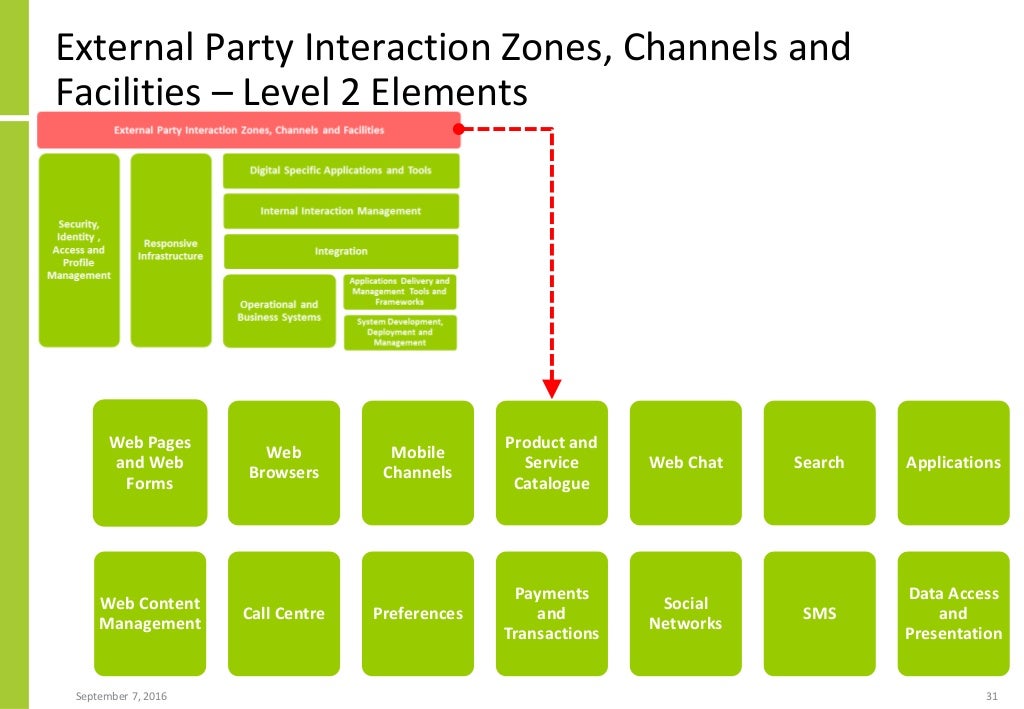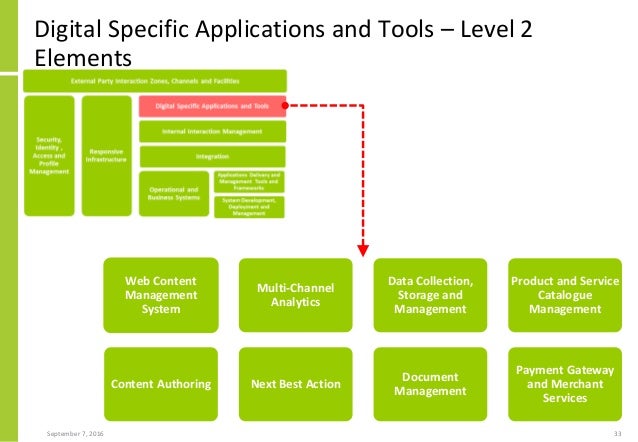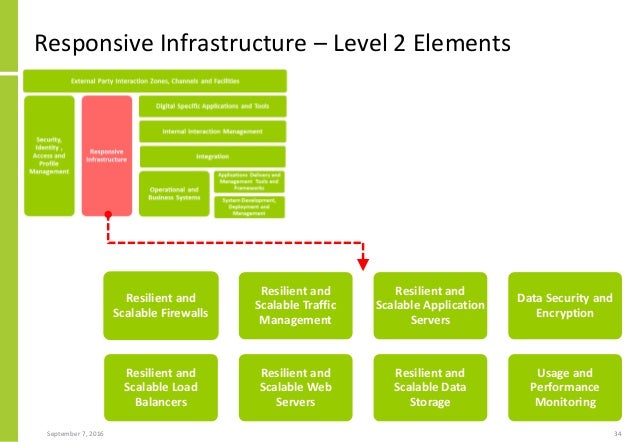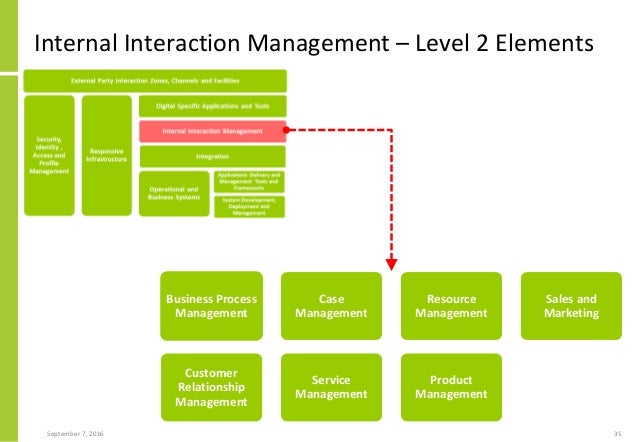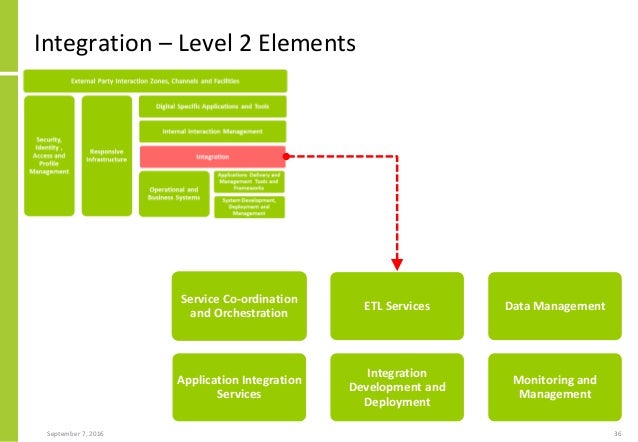If you're ready to ring in a more successful career in 2017, take a minute to make sure you're not about to make a mistake, or continue a pattern, that could hold you back.
Here's a list of some of the best advice from CEOs, self-made millionaires and career strategists on how to make sure you're set for a strong new year, workwise.
1. Staying put because you're afraid of change
According to a former Google career coach who's helped more than 1,000 people, the biggest career mistake people make is "taking action based on fear or 'shoulds.'"
When people are guided by fear or what they think they should do, it keeps them on an unfulfilling path, says Jenny Blake, career strategist and author of the book "Pivot."
2. Focusing too much on finding your "passion"
The pressure to identify your one true calling in life can be crushing. Blake suggests that workers lift that weight off of their shoulders.
"For some, the pressure to define a purpose or mission statement is stifling and causes much unnecessary angst," she writes in "Pivot."
Ditch the "passion" mind-set, and instead start smaller projects to figure out what you enjoy doing, Blake says.
3. Writing bad emails
The CEO of a $16 billion business says that the way you write emails could make or break your career. Employees who write a concise email are highly valued, says Julie Sweet, CEO of Accenture's North America business.
"Develop excellent communication skills," Sweet says.
She suggests professionals brush up on their email writing skills. To get you started, here are some experts' best tips.
4. Only asking for more money
Whether you're negotiating a new job offer or asking for a raise, don't just ask for money, strategist Keld Jensen tells CNBC.
"Most people are negotiating on too few variables," Jensen says.
Instead, consider asking for something else you want, like more vacation time or flexible hours. Give the person you're negotiating with a way to say yes.
5. Letting other people define you
Before Carla Harris became a Harvard graduate, the vice chairman at Morgan Stanley and one of Wall Street's most influential women, the people around her doubted her.
They told her not to apply to Ivy League schools, and, later on, to avoid a career in mergers and acquisitions. But she didn't listen.
"Don't be distracted by anything anybody else tells you," says Carla Harris. Stay focused.
6. Dwelling on mistakes
Comedian and former host of NBC's "The Tonight Show" Jay Leno says that mistakes, including ones in your career, are actually very valuable.
"You learn a tremendous amount from the mistakes," Leno tells CNBC.
Other entrepreneurs such as Richard Branson agree that mistakes are great learning opportunities.
7. Not compartmentalizing your issues
25-year-old CEO Brian Wong says that many people don't realize the importance of keeping your personal problems out of the office.
If you're dealing with personal problems or stresses, leave it at home, Wong says.
"If your boyfriend dumps you, somebody steals your credit cards, and your best friend is the reason your boyfriend dumped you, show up [for work] like it never happened," Wong writes in his book "The Cheat Code."
8. Lying on your resume
This one seems obvious, but some people still do it. Even putting a "white lie" or slight exaggeration on a job application could come back to hurt you, career experts tell CNBC.
For some other important resume tips, check out the findings of a survey of hundreds of HR professionals.
9. Thinking you've already missed your chance to succeed
Not every successful company was founded by a guy in his twenties. In fact, individuals turn to entrepreneurship throughout their lives. If you think your only opportunity to build something great is behind you, think again.
Many people believe "that if they haven't dropped out of college and started something when they're 19, they're over the hill," Goldman Sachs CEO Lloyd Blankfein says.















